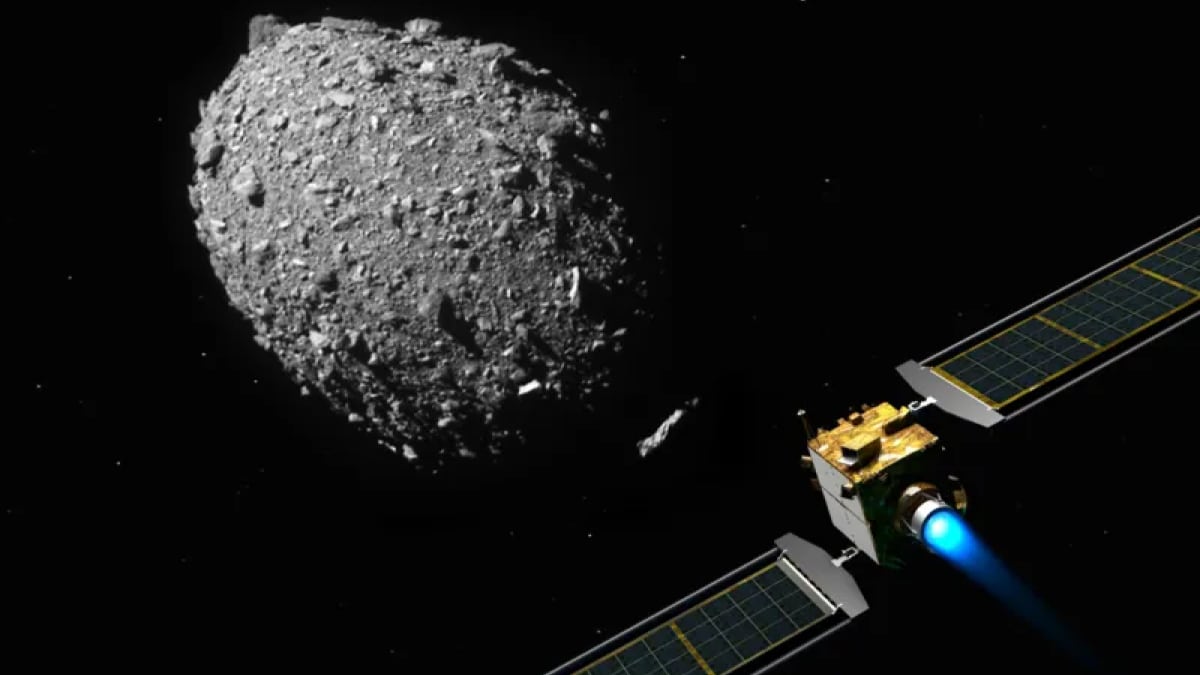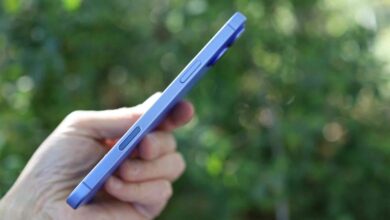Hera spacecraft embarks on mission to study asteroid, diverted by NASA

A spacecraft named Hera has successfully launched from Cape Canaveral, Florida, on a mission to study the asteroid Dimorphos, which was deliberately diverted by NASA in 2022. The launch took place on Monday at 10:52 local time (15:52 BST). It marks an important step in international efforts to investigate how we can prevent potential asteroid threats to Earth. The Hera mission, led by the European Space Agency (ESA), aims to collect vital data on Dimorphos, located approximately 11 million kilometers away, with an expected arrival in December 2026.
Understanding Asteroid Redirection
Dimorphos is a small moon with a diameter of 160 meters that orbits a larger asteroid, Didymos. NASA’s DART (Double Asteroid Redirection Test) mission successfully changed Dimorphos’ trajectory in a groundbreaking test. According to NASA scientists, the collision with the spacecraft shifted the asteroid’s course by several meters. Although Dimorphos was not on a collision course with Earth, the experiment showed that redirecting asteroids is feasible, providing critical insights into how we might tackle real threats in the future.
Objectives of the Hera mission
Upon reaching Dimorphos, the Hera spacecraft will conduct an in-depth investigation of the impact crater created by the DART collision. In addition, it will deploy two cubic probes designed to analyze the asteroid’s composition and mass. Dr. Naomi Murdoch, a scientist at the European Space Agency, emphasized the importance of understanding the physical properties of asteroids, such as their composition, to improve future deflection strategies.
The importance of asteroid research
While there is currently no significant threat of a massive asteroid impact similar to the extinction of the dinosaurs, smaller asteroids could collide with Earth. One notable incident occurred in 2013, when an asteroid the size of a house exploded over Chelyabinsk, Russia, injuring more than 1,600 people. This highlights the need for continued research into asteroid detection and redirection methods.




